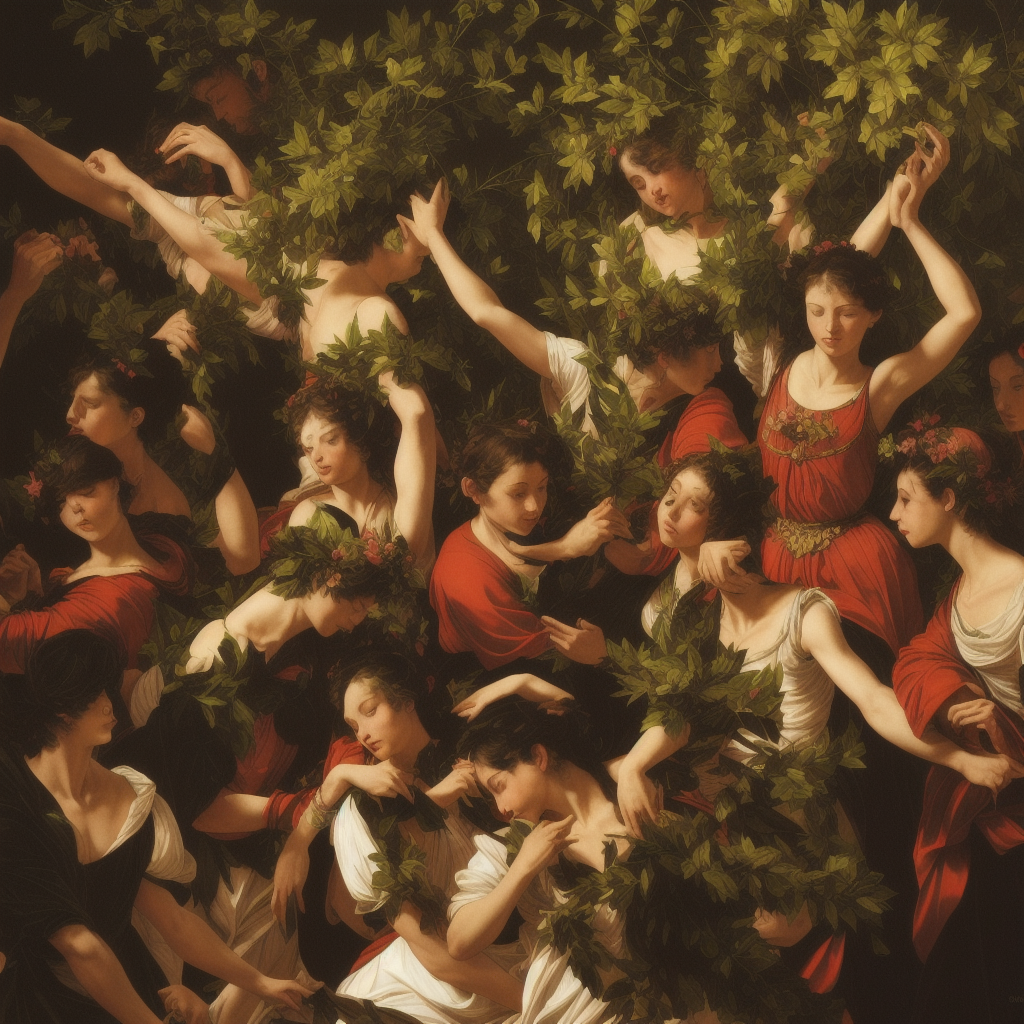Caravaggio and the color Green

Caravaggio, the renowned Italian Baroque painter of the late 16th and early 17th centuries, is celebrated for his revolutionary approach to light and shadow in his artwork. However, what often goes unnoticed is his distinctive and deliberate use of the color green in his paintings.Historically, green was a color fraught with symbolic significance in Caravaggio's time. It was associated with a range of themes such as nature, fertility, and the supernatural. During the Renaissance, green was considered a symbol of rebirth and hope, while in the Baroque period, it came to represent luxury and prosperity. Caravaggio's choice to incorporate green into his compositions was a deliberate artistic decision to infuse his works with deeper layers of meaning and emotion.Artistically, Caravaggio's use of green was particularly unique due to his mastery of chiaroscuro, a technique that utilizes stark contrasts between light and dark to create a sense of depth and drama. By strategically placing areas of vivid green amidst his signature dark backgrounds, Caravaggio was able to draw the viewer's attention to specific elements within the composition, enhancing the overall impact and emotional resonance of his paintings.Interpreting Caravaggio's use of green in a more imaginative light, one could see it as a reflection of the artist's own complex personality and tumultuous life. Green, with its dual associations of growth and decay, could be seen as a metaphor for the dichotomies that defined Caravaggio's own existence – his artistic brilliance juxtaposed with his troubled personal life, his moments of triumph contrasted with his moments of despair.In conclusion, Caravaggio's unique and intentional use of the color green in his artwork serves as a testament to his remarkable skill as a painter and his profound understanding of the power of color symbolism. Through his innovative techniques and imaginative interpretations, Caravaggio was able to elevate his paintings to timeless works of art that continue to captivate and inspire audiences to this day.